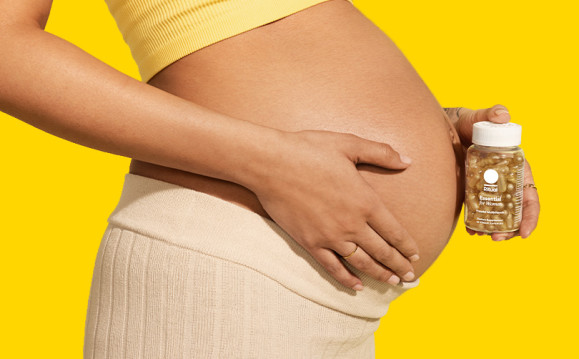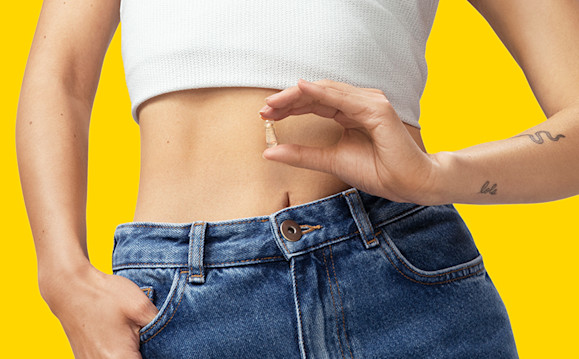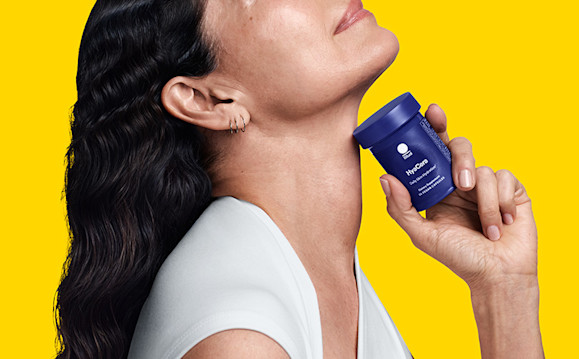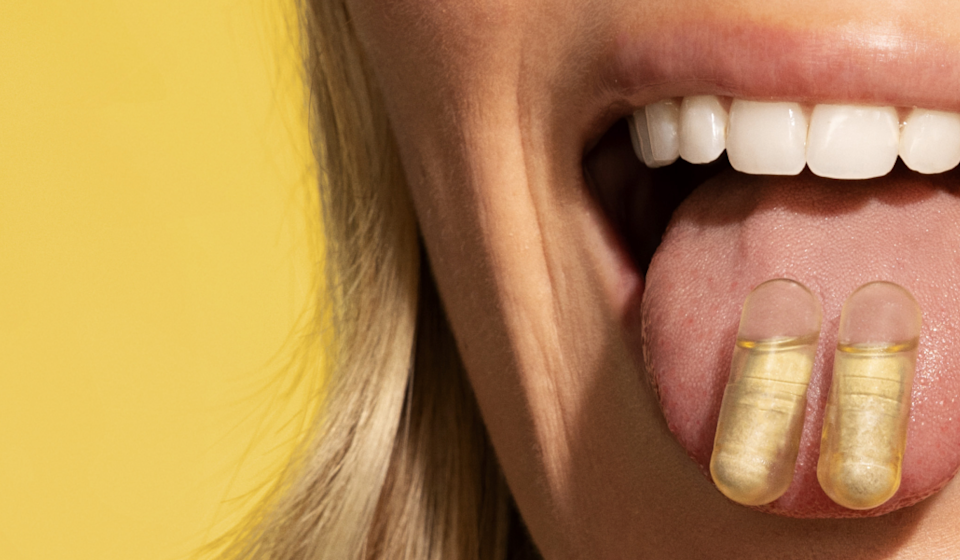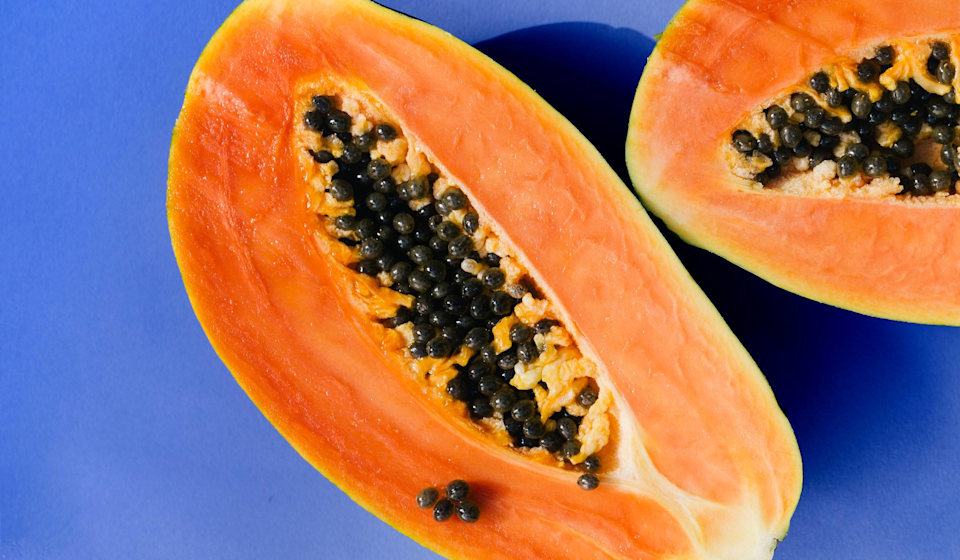Essential Takeaways
- There’s no “right” way to breastfeed—ultimately you and baby will decide what works best for you.
- That said, there are several breastfeeding positions that come recommended by experts and new parents alike—not to mention best practices for pumping and bottle-feeding, too.
First, an important reminder: “You can choose to feed your baby however you like,” says Jennifer Gutierrez Lezak, International Board Certified Lactation Consultant of MilkMade LA. For many new parents, that might involve breastfeeding, pumping, or formula feeding—or a combination of all of the above. The bottom line? Every baby (and parent!) has different needs and preferences. But for those who choose to breastfeed at any point in their postpartum journey, understanding basic breastfeeding positions can be a great way to make this experience as comfortable as possible for everyone involved.
4 Breastfeeding Tips to Get You Started
1. On latching and the “hamburger hold.” A good latch is often the first hurdle new parents face when learning to breastfeed. The good news? There are a few key steps that can help ease the process along. For starters, always make sure baby’s mouth is open with their tongue down (almost like a yawn) before latching—you can encourage this reflexive behavior by feeding in the laid-back position, which we’ll learn about in a minute. (1)
And when baby is ready to feed, holding your breast in a “hamburger hold”—that is, squeezing it with your thumb on top and remaining fingers on the bottom—can help guide the nipple into baby’s mouth. That said, one rule of thumb is to bring baby to your breast with the holding arm, rather than leaning the breast towards them. (2)













